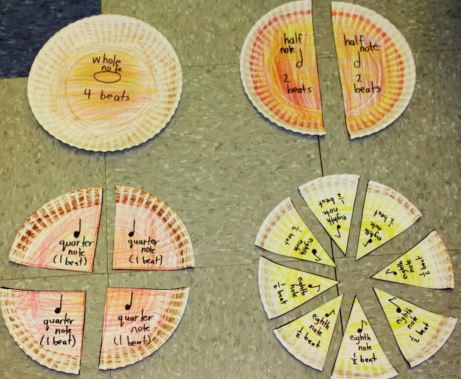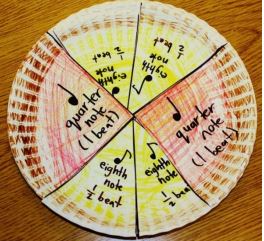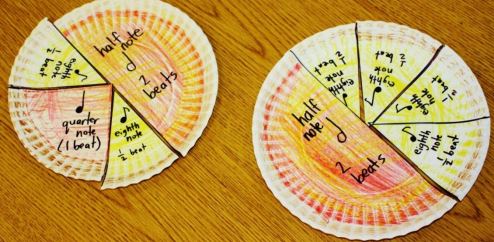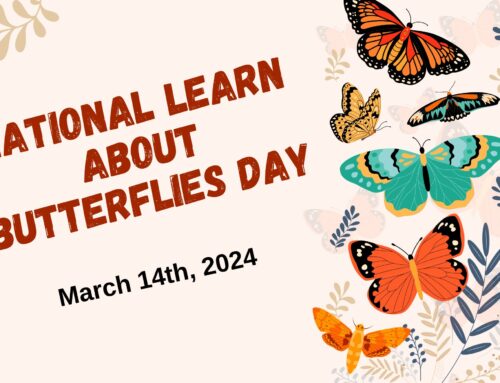Before we talk about how music and fractions are related, let’s first cover some math and music vocabulary words.
Math Vocabulary:
Music Vocabulary:
Now that we know our vocabulary words, how are fractions related to music? As you know, fractions are parts of a whole, such as a pie or a square, or a whole anything. In music, many notes are fractions of a whole note and these notes are distinguished based on the length of time they are played. So a whole note is a length of time; a half note is half that length of time, and so on.
We’re going to work with fractions in rhythm. The most common rhythmic structure in the music we’re used to hearing is called 4-4 time. It’s also called common time because it’s…the most common! When a piece of music is in 4-4 time, it means there are four beats, or pulses, in each measure. A measure is a small section of a piece of music, just like an inch is a small section of a ruler or yardstick. Music is divided into measures, and measures are divided into beats.
We can think of one measure of music as a pizza, yes a pizza!

- 1 whole note = 4 beats = 1 whole pizza
- 1 half note = 2 beats; 2 beats + 2 beats= 1 whole note (4 beats); 2 half notes = ½ pizza + ½ pizza= 1 whole pizza = 4 beats
- 1 quarter note = 1 beat; 4 quarter notes = 1 whole note (4 beats); ¼ + ¼ + ¼ + ¼ = 4/4= 1 whole pizza
- 1 eighth note = ½ beat; 2 eighth notes = 1 quarter note; 1/8 + 1/8 =2/8 = ¼;
1/8 +1/8 + 1/8 +1/8 = 2 beats = 4/8 = 1 half note = 2 quarter notes;
1/8 +1/8 + 1/8 +1/8 + 1/8 +1/8 + 1/8 +1/8 = 8/8 = 1 whole note = 1 pizza = 4 quarter notes = 2 half notes
Once you understand how each note or fraction helps add up to a whole pizza or a whole note in music you can start playing around and see how you can mix different notes/fractions to make a whole note.








